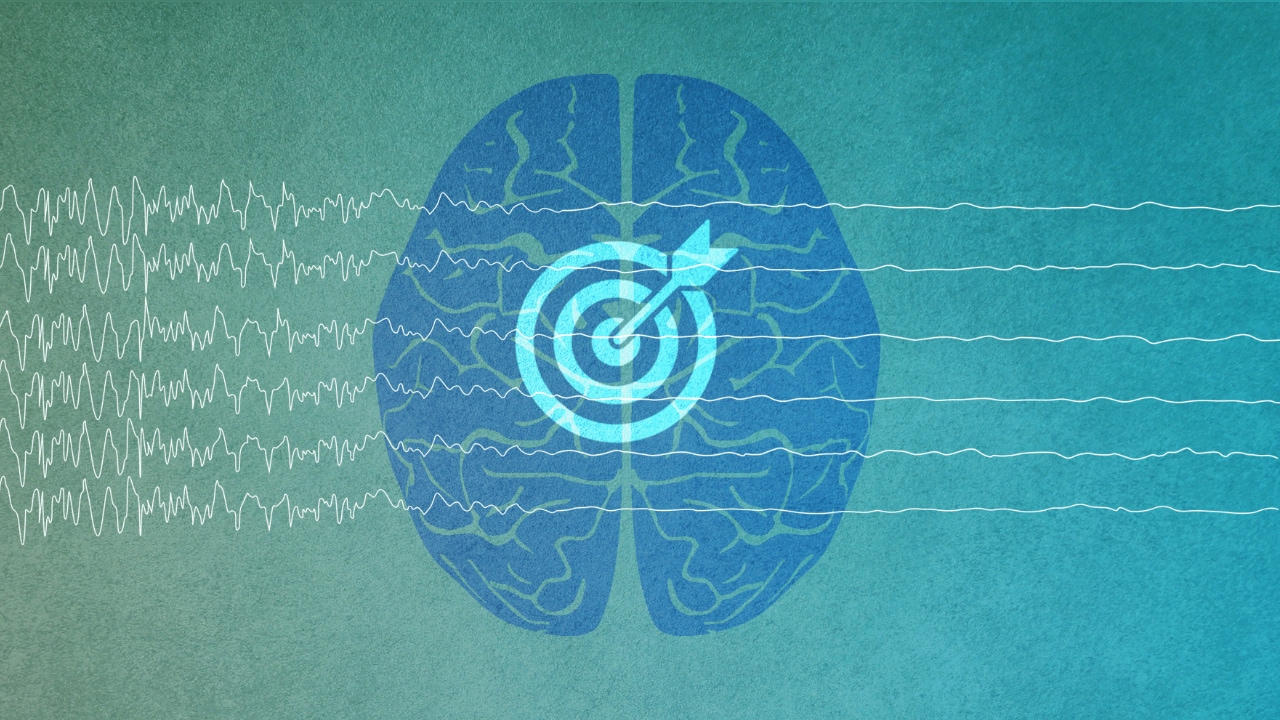Epilepsy and Driving
The issue of driving and epilepsy is a knotty one. A seizure that occurs while operating a motor vehicle may result in injury or death to the driver, passengers, pedestrians, or others on the road—with civil, emotional, and possibly criminal implications. Yet for many people with epilepsy, the opportunity to drive a car constitutes a critical component of social and financial independence. Often, one of the major motivators for antiepileptic drug (AED) adherence is to attain seizure control in order to regain the right to drive.
In the United States, each state has specific requirements regarding the number of months that someone must remain seizure-free before driving after a diagnosis of epilepsy.[1] This requirement ranges from as few as 3 months in Arizona to as long as 18 months in Rhode Island. These waiting periods are based on the principle that the more months without a seizure, the more likely it is that seizure control has been attained.
Driving and First-Ever Seizures
The diagnosis of epilepsy requires "two unprovoked seizures more than 24 hours apart."[2] But what about people who have had just one seizure and haven't yet been diagnosed with epilepsy? What is their risk for a second seizure? Should they be treated with AEDs? When is it safe for them to drive?
New evidence-based guidelines for the management of a single seizure have been codeveloped by the American Academy of Neurology (AAN) and the American Epilepsy Society (AES).[3] There is level A evidence that the risk for a second seizure is greatest within the first 2 years after a first unprovoked seizure (21%-45%). Risk factors for recurrence include abnormal brain imaging, epileptic EEG, nocturnal seizure, or prior brain insult. Any one of these variables approximately doubles the likelihood of a second seizure.
The authors suggest that treatment with AEDs should be individualized. They add that AED treatment will decrease the risk for seizures in the 2 years after an initial seizure, but does not affect the long-term risk for seizure recurrence. Unfortunately, the authors fail to include specific recommendations regarding driving.
Medscape Neurology © 2015 WebMD, LLC
Any views expressed above are the author's own and do not necessarily reflect the views of WebMD or Medscape.
Cite this: Andrew N. Wilner. Driving After a First-Ever Seizure: How Long Should Patients Wait? - Medscape - Jun 24, 2015.








Comments